The Young Geisha
The Young Geisha is a Nishiki-e , a type of Japanese multi-colored woodblock print, realized around 1900, by Toyohara Kunichika (Edo period, 1835 - 1900).
The scene represents a young geisha trying to escape from the clutches of two old men. It deals with a Kabuki Japanese theatrical scene, in which three famous Japanese actors stand out: on the left Onoue Kikugoro, at the center Ichikawa Danjuro, on the right Bando Mitsugoro.
The Young Geisha is a Nishiki-e , a type of Japanese multi-colored woodblock print, realized around 1900, by Toyohara Kunichika (Edo period, 1835 - 1900).
Signed with stamps, this original print consists of three single sheets (36 x 23 cm each) joined together.
The scene represents a young geisha trying to escape from the clutches of two old men. It deals with a Kabuki Japanese theatrical scene, in which three famous Japanese actors stand out: on the left Onoue Kikugoro, at the center Ichikawa Danjuro, on the right Bando Mitsugoro.
Good conditions, except for trimmed sheets and signs of age. Slightly faded in some parts.
The technique used for this artwork is the Nishiki-e , a type of Japanese multi-colored woodblock printing invented in the 1760s, and perfected by the printmaker Suzuki Harunobu. A Nishiki-e print is created by carving a separate woodblock for every color and using them in a stepwise fashion. An engraver by the name of Kinroku is credited with the technical innovations that allowed so many blocks of separate colors to fit together perfectly on the page, in order to create a single complete image.
Kunichika Toyohara, born Oshima Yasohachi (Edo period, 1835 - 1900).
Kunichika Toyohara was one of the last Japanese ukiyo-e painter.
His first signed print is from 1852, but it was only in 1854 that he took the go (stage name) "Kunichika". He is best known for his prints of Kabuki actors, using the woodblock technique. He also painted beautiful women and, for some special occasions, historical scenes. Many stories of women are told about him (he seems to have had 40 wives), debts, parties and his need to move frequently: the legend around him talks about 117 removals. It is not clear how many of these stories are true, he was certainly a brilliant painter with a unmistakable talent and a dissipated life.
Collect More Japanese Artist On Wallector.com




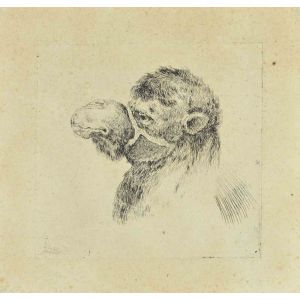
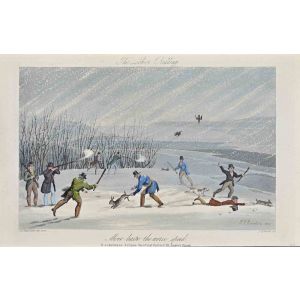
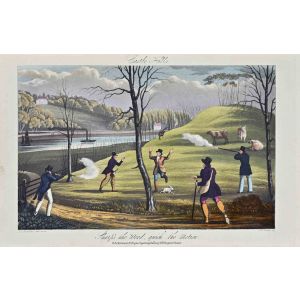
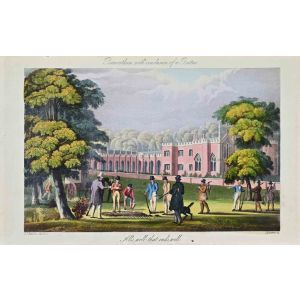
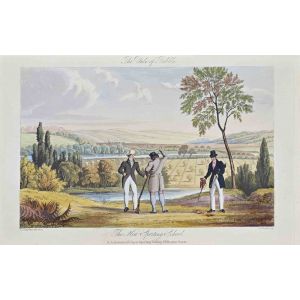

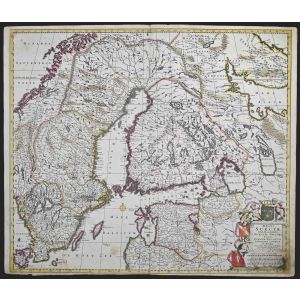
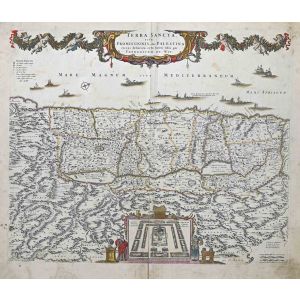
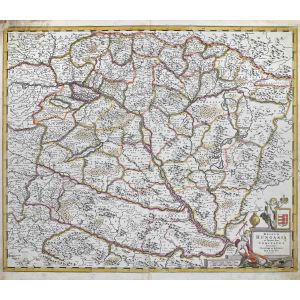

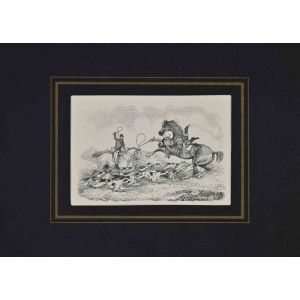
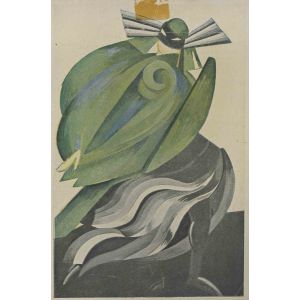
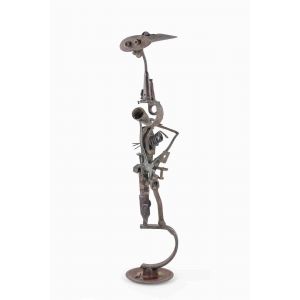

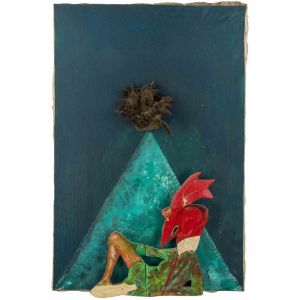
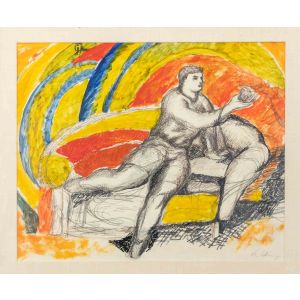
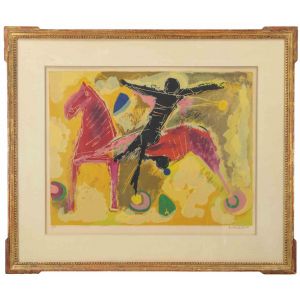
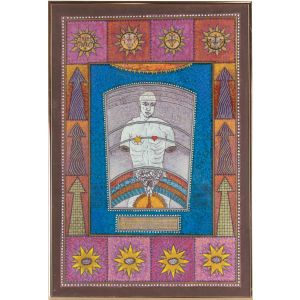
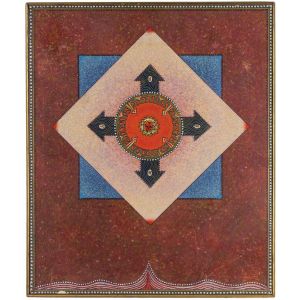
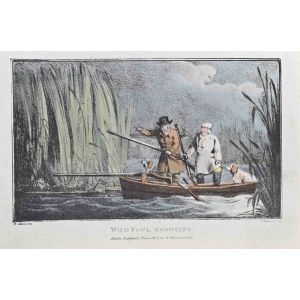





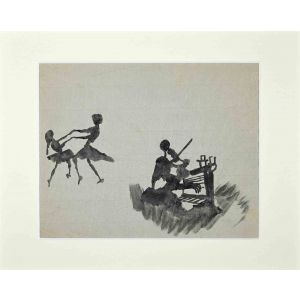

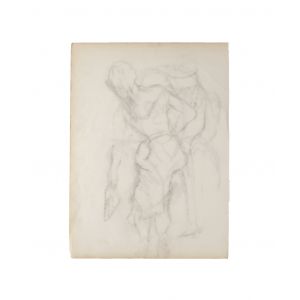


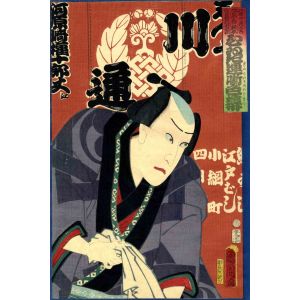
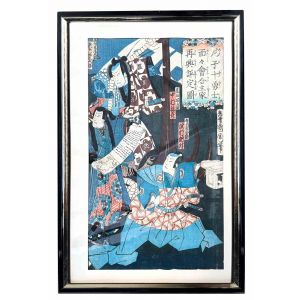
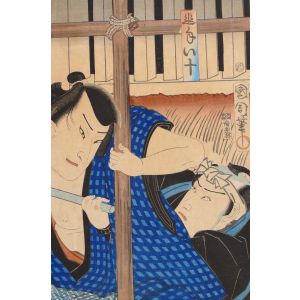
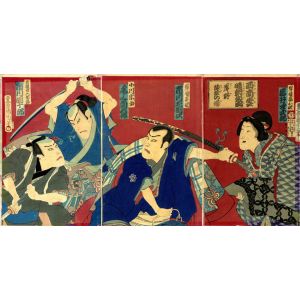

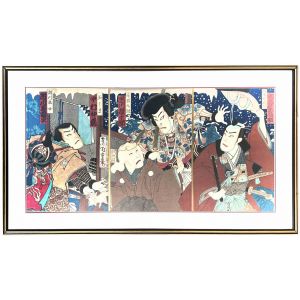

Validate your login
Sign In
Create New Account